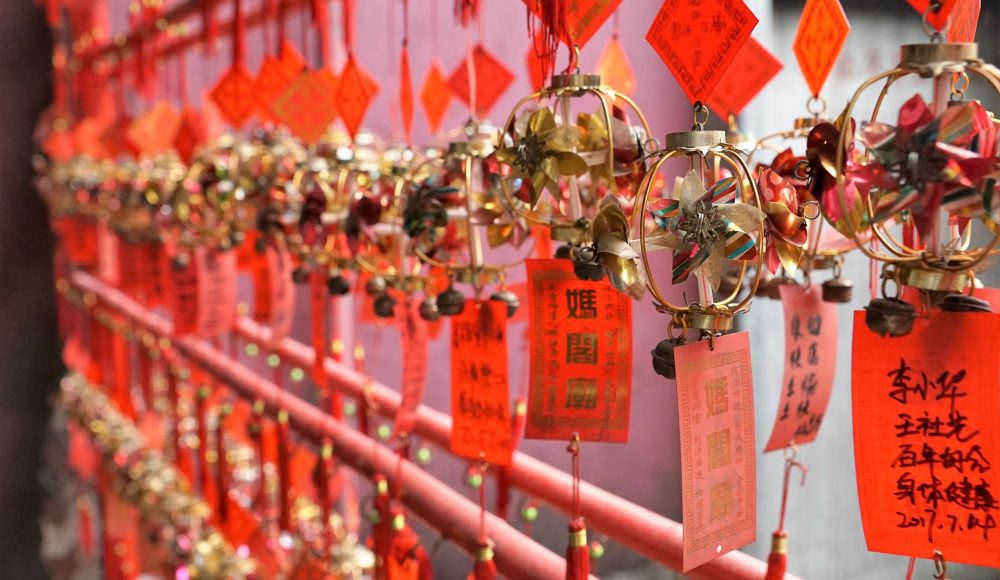The Tide is Turning in the Luxury Goods Market in China
21st January 2018

After luxury consumption dropped last year to its lowest level since 2009, all eyes have been on the biggest force in global luxury spending: Chinese consumers.
Chinese consumers are known to the world for their love for luxury goods. High-end consumption has returned, yet this time around consumers are ‘reshoring’ — the luxury purchases they used to make overseas in fashion capitals such as Paris and Milan are now made in the motherland.
Why is the Luxury Goods Market Looking to Rebound in China?
Nearly five years posterior to getting knocked off course by President Xi Jinping’s government’s austerity and anti-corruption campaigns, the country’s luxury-goods market is finally growing on a steady pace again. The anti-corruption drive has not disappeared, but its impacts have.
Growth in the luxury goods market in China is not in its full bloom until now, yet there exists a significant, and highly sophisticated, pool of luxury shoppers in the country that is playing an important role in reinvigorating the market.
While there have been major concerns about luxury losing its appeal for Chinese consumers, and that weighing on the outlook of the global luxury market, the worry appears to be unnecessary. China not only generated up to 80 percent of the recent rebound in luxury growth, but is now a dictator for global trends in the world of luxury fashion. What is more, brand preferences and trends no longer originate solely in Europe, like they used to.
China’s ruling Communist Party hosted its quinquennial national congress in October, and as a result much attention has been given to the country, and for very good reason. The decisions will have an effect on the government’s decision-making. And the government’s decisions are, as always, sooner or later reflected to consumer behaviour.
From the macro-economical perspective, the general consensus among entrepreneurs, investors and such is that the party will continue promoting consumption as a way to drive GDP growth.
The Rise of the Upper Middle Class and Middle Class Consumers – China’s Women Leading the Way
An upper middle class and middle class consumer led boom in China is to be expected. However, it’s the middle class women, not men, that are bringing luxury back in vogue.
Today, newly affluent consumers uninfluenced by government restraints are setting the pace. China’s rising middle class is seen to become a main driver for global luxury growth, Bain & Co. disclosed in a recent report on the what the luxury fashion market will look like in the year 2020.
On the individual level, the Chinese are also at the epicentre of the growing newness imperative. This is not surprising as Chinese consumers continue to spend more per capita — at all income levels — than anyone else. This pool of consumers are likely to get tired of the brands or styles quickly, and hunts for new products more than any other nationality.
The nature of China’s high-end spending has also changed over the past half-decade. For a long time, China’s luxury market was for the most part dominated by the male segment. Gift-giving used to often be dominated by males, with luxury watches a particular favourite. Now, thanks to the increasing purchasing power of female shoppers (not no mention the anti-corruption policy that has slowed down male-driven gift-giving), the female presence is increasing with spending focused on fashion, perfumes, cosmetics and beyond.
Cornfield & Partners can help you with understanding new trends and findind your place in new markets. To find out more about potential business opportunities, contact info@cornfieldpartners.com or you can call us on +44 (0) 20 7692 0873
